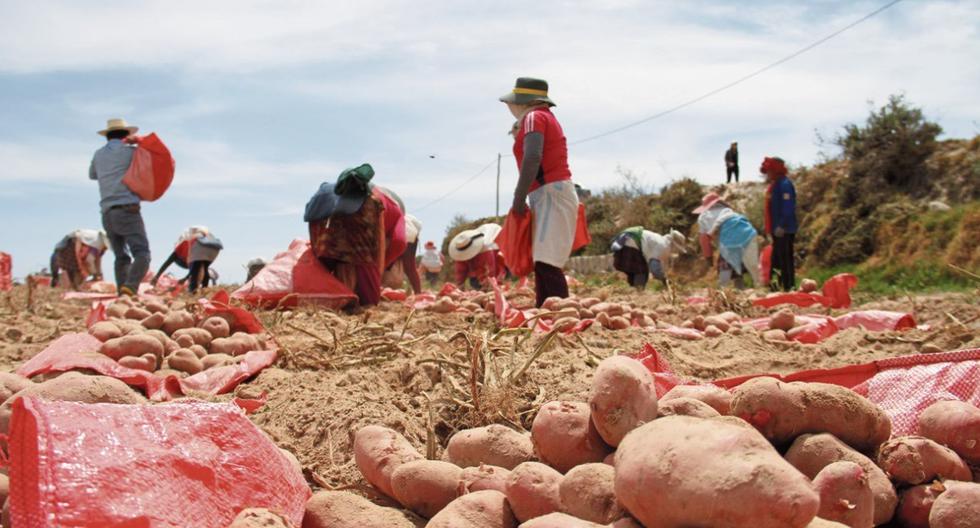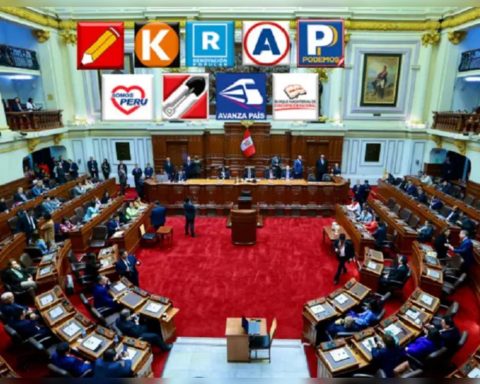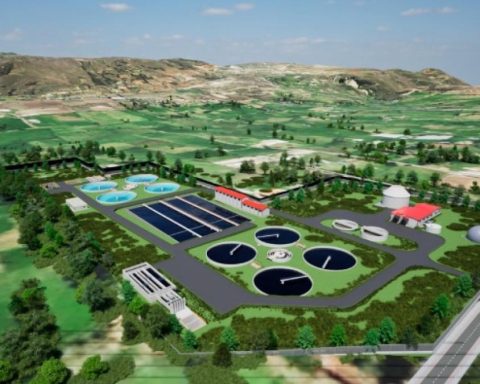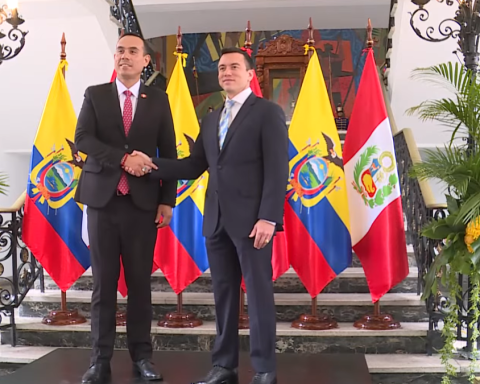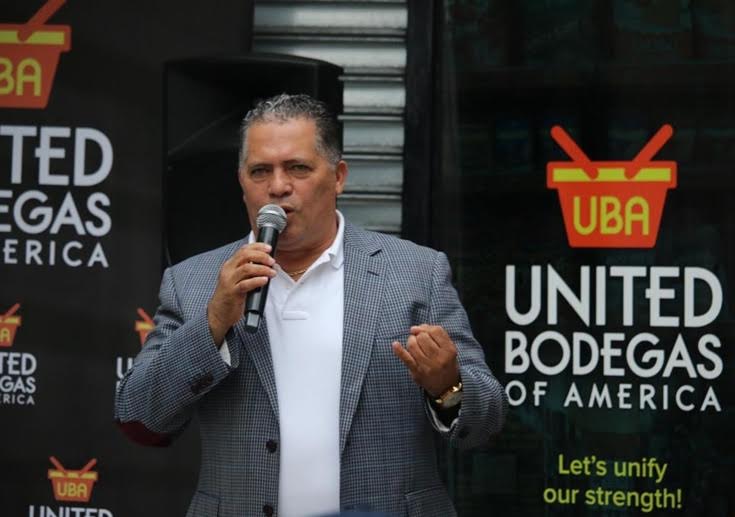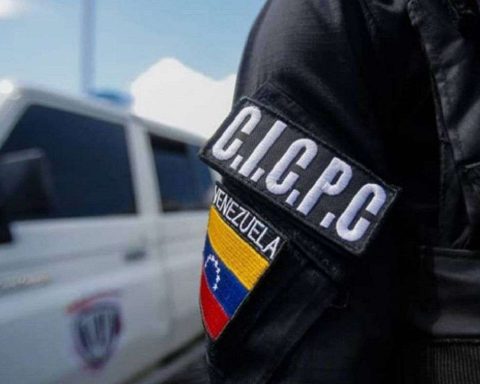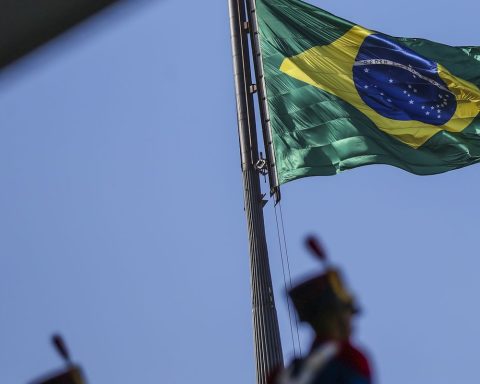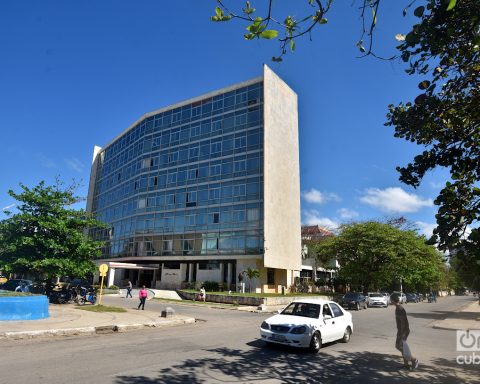lack of urea and the high prices of this would cause an increase in prices to be observed in the 2023 harvest, between the months of March and July. This was announced by the head of the Ministry of Agrarian Development and Irrigation (Midagri), Andrés Alencastre, after the third tender for the purchase of the fertilizer fell last week.
Alencastrehowever, asserted that aid to producers will come through the Fertiabonus, the subsidy that contemplates amounts from S/498 to S/7,447. “The diversity in the different areas will never cause a critical shortage,” said the minister.
About, Gabriel Amaro, director of the Association of Agricultural Producers Guilds of Peru (AGAP)explained that it is foreseeable that an effect will be seen in next year’s harvest, especially in food prices such as rice and potato.
“In this year’s (Midagri) planting intention survey there are four basic crops on which farmers have said they are going to plant less. There are rice, potatoes, onions, and the fourth is hard yellow corn, which does not go directly to the market, but is used for livestock and poultry farming,” he stressed.
To this he added that “the Fertiabono was the right path” and that it will mitigate part of the price increase “if it is delivered with due speed.”
Data:
-The negative aspect of the Fertiabono, explains Amaro, is that “there are more than 2 million producers”, but “the Fertiabono is going to reach 370 thousand”. Less than 20% would be served.
-Yesterday, at the end of the day, the Minister Alencastre met with the president peter castle for less than half an hour. Today his relief would take place.
